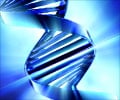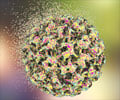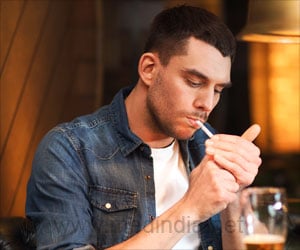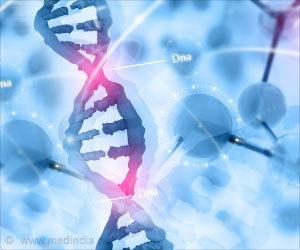The HPV vaccine has dramatically reduced the rates of genital warts among young Australians from a range of backgrounds and could prove a good news for cervical cancer rates in future.

The work has just been published in the prestigious Journal of Infectious Diseases.
In the four years after the national program for school-aged girls was rolled out in 2007, there was a 90% drop in genital warts for girls aged between 12 and 17, and a 73% decrease for women between 18 and 26 years. The vaccine appeared to have an indirect protective effect among young men between the ages of 18 and 26, with a 38% drop in genital warts even prior to boys being vaccinated at school.
"This is a fantastic outcome," says the senior author of the paper, Associate Professor Karen Canfell, from UNSW's Lowy Cancer Research Centre. "This is a condition which can be distressing and embarrassing and most often occurs when people start to become sexually active."
The vaccine used in the National HPV Vaccination Program in Australia, Gardasil, provides protection against four strains of HPV. HPV 16 and 18 are implicated in several cancers, particularly cervical cancer. Two other strains, HPV 6 and 11 are associated with 90% of genital warts.
"While we expected a drop in genital warts, along with pre-cancerous abnormalities and eventually cervical cancer, as a result of the vaccination program, this result helps us determine how effective the rollout has been," says the lead author, Megan Smith, also from UNSW's Lowy Cancer Research Centre.
Advertisement
"This is the first time we've been able to examine the impact of the vaccination on Indigenous women," says Ms Smith who used national data for the study. Some other studies have used data from Pap test registers, which do not record whether an individual is Indigenous.
Advertisement
It is also confirmation of what has been reported at some sexual health clinics.
"Typically, a cervical cancer diagnosis comes later in a woman's life, so this is the first sign we have that young Indigenous girls are being effectively vaccinated" says Megan Smith.
The result holds promise for health equity in years to come, the researchers believe.
"Indigenous women have more than double the rate of cervical cancer than the rest of the female population, so we hope this means there will be a big drop in these rates in in years to come," says UNSW Associate Professor Canfell. The rate of cervical cancer death is more than four times higher for Indigenous women than the rest of the population (4.7 times).
The researchers hope the continuing roll-out of the vaccination program and the inclusion of boys since last year will lead to further success.
Fall in genital warts diagnoses in the general and Indigenous Australian population following a national HPV vaccination program: analysis of routinely collected national hospital data is co-authored by Bette Liu from UNSW's School of Public Health and Community Medicine and Peter McIntyre, Robert Menzies and Aditi Dey from the National Centre for Immunization Research and Surveillance at the University of Sydney. Funding came from the National Health and Medical Research Council of Australia and the National Centre for Immunization Research and Surveillance, which receives funding from the Australian Government Department of Health.
Source-Eurekalert














